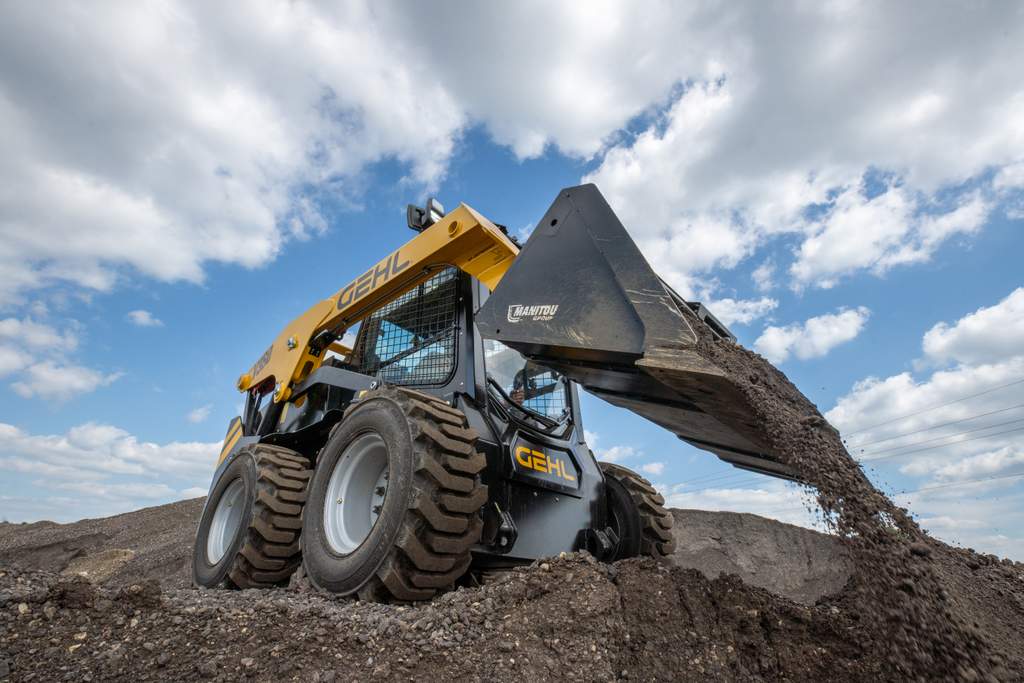Nine Steps to Cleaning a Small Engine’s Carburetor

Inspect the gasket, which will be flat or an O-ring, to make sure it’s in position and not torn or warped. Replace it, if needed.
This June issue is Compact Equipment’s maintenance manual, and it delves into the many issues, solutions and insights of repairing and keeping up off-highway construction equipment with diesel engines and handheld tools with gas power plants (you know, those awesome engines that Subaru makes). Considering the latter, we figured we’d get right to the nuts and bolts of this maintenance magazine. CE was kind enough to let me pen this guest editor’s message, as long as I came up with a cool engine upkeep topic. I thought: gas engine carburetors. When a small engine refuses to start, the carburetor might be the culprit. It can be expensive to replace, but that’s often avoided with simple, routine cleaning. With a few basic tools, a shop towel and a couple of hours, you can clean the carburetor yourself, saving time and money. Here are nine steps showing you how:
1. Remove the spark plug cap to prevent engine firing and turn off the fuel valve.
2. Remove the carburetor drain screw, if applicable, and carburetor bowl.
3. Spray carburetor cleaner inside the bowl if there’s a thick, gummy residue in it. Then wipe the carburetor clean.
4. Inspect the jet passage for any blockage. Clean it with carburetor cleaner and a wire brush.
5. Wipe away any material that could reclog the jet by spraying the rest of the carburetor components with cleaner; catch any overspray with a shop towel.
6. Clean the idle jet, which is toward the top of the carburetor, by passing a wire brush through it to ensure the opening is clear.
7. Reassemble the carburetor by placing the main jet into the carburetor stem with a screwdriver. Ensure it’s snug but do not overtighten.
8. Inspect the gasket, which will be flat or an O-ring, to make sure it’s in position and not torn or warped. Replace it, if needed.
9. Tighten the screw and washer that secure the carburetor bowl to the carburetor body; do not overtighten.
David Frank
Vice President of Sales and Marketing
Subaru Industrial Power Products





Comments are closed here.